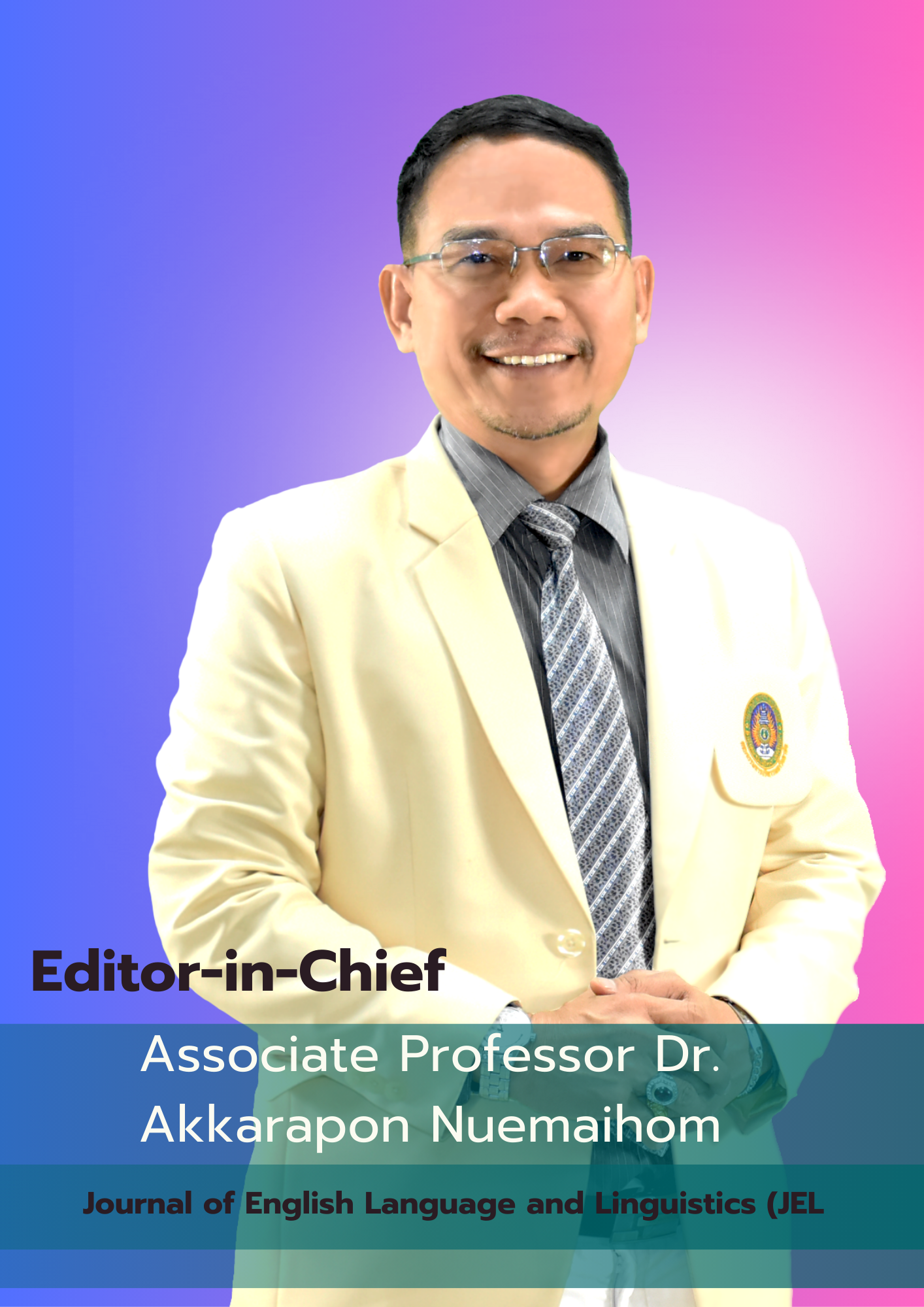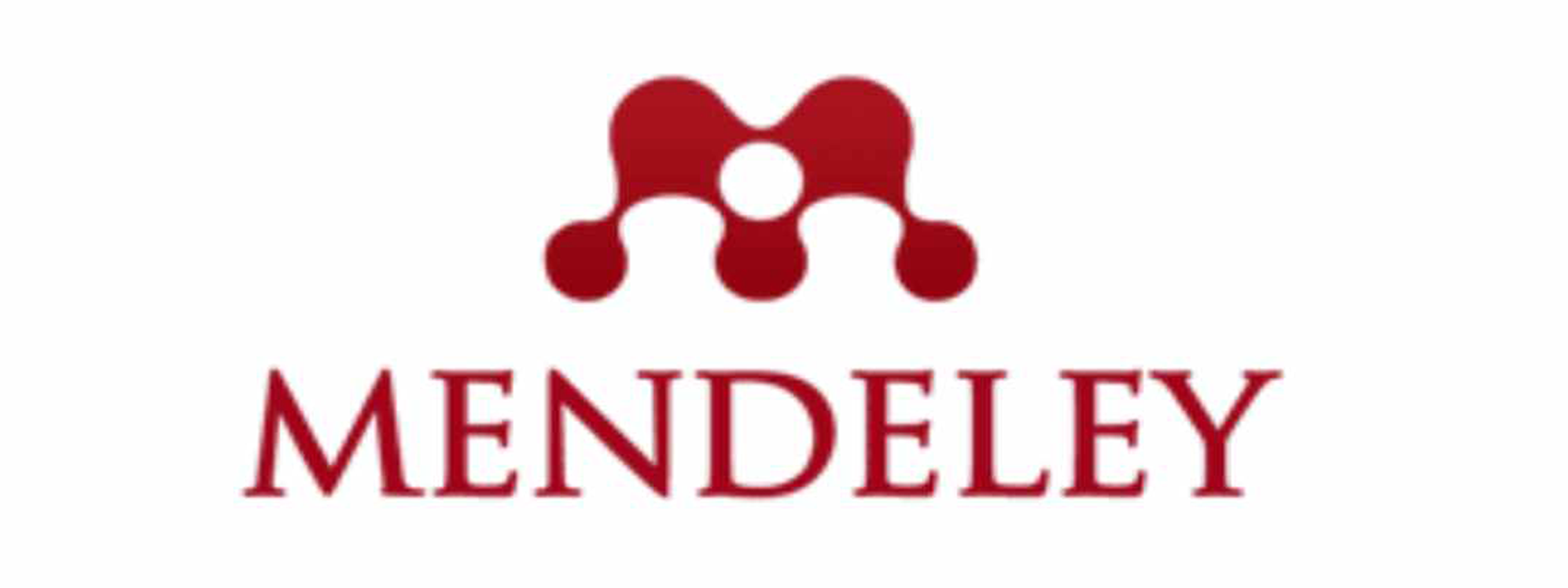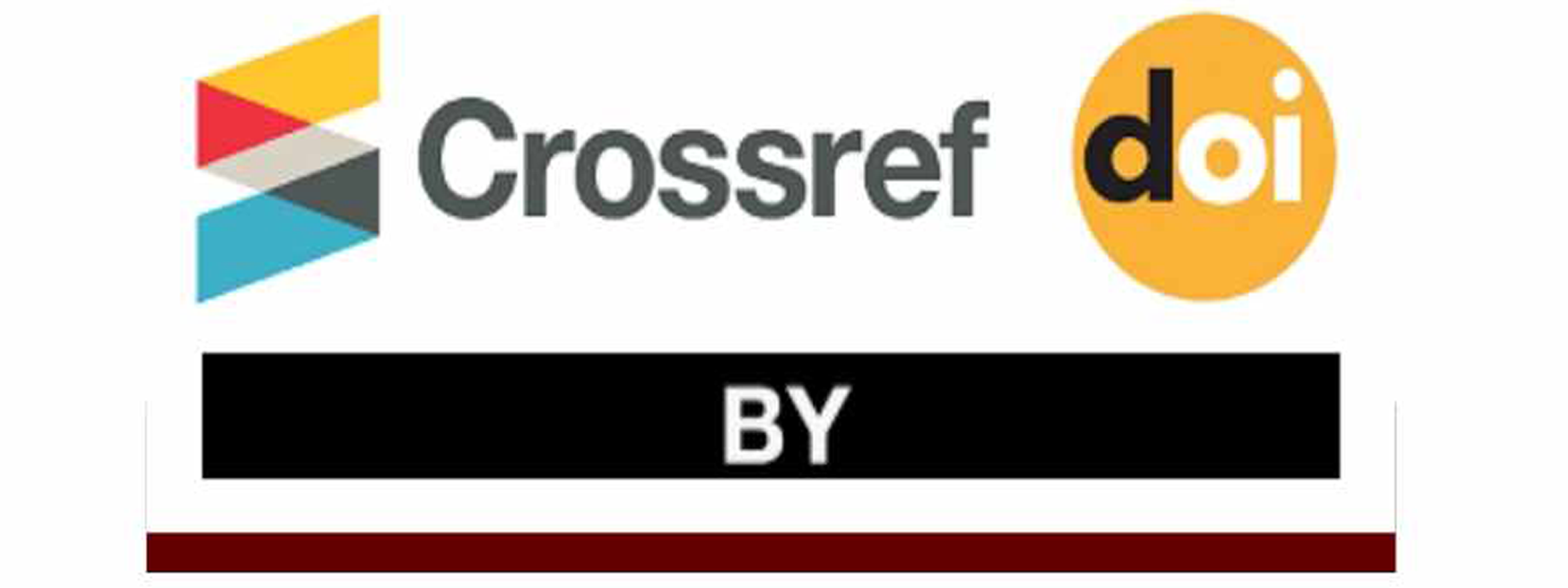Developing knowledge set and creative media in English for Paganyaw in Chiang Mai Province
DOI:
https://doi.org/10.62819/jel.2025.1010Keywords:
creative material, knowledge set, Paganyaw ethnic groupAbstract
This research aimed to 1) study the history and Buddhist-based cultural identity of the Paganyaw ethnic group in Chiang Mai province, 2) develop an English-language knowledge set and creative material for the Paganyaw ethnic group, and 3) assess user satisfaction with the developed English knowledge set and creative material. The study employed both research and development and action research methodologies. The sample consisted of 1) 20 key informants, 2) five media development experts, and 3) 240 participants in the experimental group, selected through purposive sampling. The research instruments were organized into two main sections. The first section comprised a needs and expectations survey, an evaluation form, and a satisfaction survey related to the knowledge set and creative media. The second section included an in-depth interview form and focus group discussion guide on the history and identity of Paganyaw. Data were analyzed using descriptive statistics, including mean, percentage, and standard deviation. The findings revealed the following: 1) The Paganyaw ethnic group moved from the Salween River in Myanmar to settle in the highlands of Northern Thailand. Their way of life includes farming, traditional healing practices, and ceremonies that mark important life events such as birth, marriage, and death. 2) The English knowledge set and creative material were designed based on specific community contexts, enabling participants to learn more effectively. 3) The participants had high satisfaction, finding the material clear, accessible, and well-matched to their needs, with activities and delivery methods making the experience more engaging.
References
Atipat, T. (2015). English language use in community-based tourism. Chiang Mai University Press.
Bruner, J. (1996). The culture of education. Harvard University Press. https://doi.org/10.4159/9780674251083
Byram, M., Nichols, A., & Stevens, D. (2001). Developing intercultural competence in practice. Multilingual Matters.
Cenoz, J., & Gorter, D. (2017). Multilingual education: Between language learning and translanguaging. Cambridge University Press.
Chanchai, W. (2021). Karen migration and cultural continuity in Northern Thailand. Tribal Studies Journal, 18(1), 45–61.
Chiang Mai Provincial Development Plan. (2023). Chiang Mai provincial development plan 2023–2027. Chiang Mai Provincial Office.
Chueachai, S., Ekakul, P., & Thipadadee, S. (2014). Developing instructional media for local community-based English teaching. Journal of Education, 35(2), 112–127.
Ellis, R. (2003). Task-based language learning and teaching. Oxford University Press.
García, O. (2009). Bilingual education in the 21st century: A global perspective. Wiley-Blackwell.
Gay, G. (2010). Culturally responsive teaching: Theory, research, and practice (2nd ed.). Teachers College Press.
Giles, H., Bourhis, R. Y., & Taylor, D. M. (1977). Towards a theory of language in ethnic group relations. In H. Giles (Ed.), Language, ethnicity and intergroup relations (pp. 307–348). Academic Press.
Goodwin, H., & Santilli, R. (2009). Community-based tourism: A success? ICRT Occasional Paper, 11, 1-37.
Hall, S. (1990). Cultural identity and diaspora. In J. Rutherford (Ed.), Identity: Community, culture, difference (pp. 222–237). Lawrence & Wishart.
Hampton, M. P., & Jeyacheya, J. (2015). Power, ownership and tourism in small islands: Evidence from Indonesia. World Development, 70, 247–259.
Kakam, P. (2014). Communication between local guides and foreign tourists in Northern Thailand. Language and Society Journal, 12(3), 88–105.
Marcia, J. E. (1980). Identity in adolescence. In J. Adelson (Ed.), Handbook of adolescent psychology (pp. 159–187). Wiley.
Meyer, A., Rose, D. H., & Gordon, D. (2014). Universal design for learning: Theory and practice. CAST Professional Publishing.
Moll, L. C., Amanti, C., Neff, D., & Gonzalez, N. (1992). Funds of knowledge for teaching: Using a qualitative approach to connect homes and classrooms. Theory into Practice, 31(2), 132–141. https://doi.org/10.1080/00405849209543534
Nakatani, Y. (2010). Identifying strategies that facilitate EFL learners’ oral communication: A classroom study using multiple data collection procedures. Modern Language Journal, 94(1), 116–136.
Nanthasiri, J. (2018). Sustainable community-based tourism: The case of hill tribe villages in Chiang Mai. Journal of Tourism Development, 10(2), 55–69.
Nation, I. S. P., & Newton, J. (2009). Teaching ESL/EFL listening and speaking. Routledge.
Narumon, S. (2019). Preservation of Karen culture in highland communities. Chiang Mai Social Studies Review, 15(2), 89–103.
New London Group. (1996). A pedagogy of multiliteracies: Designing social futures. Harvard Educational Review, 66(1), 60–93. https://doi.org/10.17763/haer.66.1.17370n67v22j160u
Nunan, D. (2004). Task-based language teaching. Cambridge University Press. https://doi.org/10.1017/CBO9780511667336
Phra Brahmagunabhorn (P.A. Payutto). (2000). Buddhist teachings on community and morality. Buddhadhamma Foundation.
Phra Dhammapitaka (P.A. Payutto). (1997). Dictionary of Buddhism. Buddhadhamma Foundation.
Praves Wasi. (2012). Mindful listening and peaceful communication. Peace and Wisdom Publishing.
Prapatsorn, A., & Chomphurak, M. (2020). Demographic study of ethnic minorities in Northern Thailand. Population Journal, 36(3), 101–117.
Richards, J. C. (2006). Communicative language teaching today. Cambridge University Press.
Salazar, N. B. (2012). Tourism imaginaries: A conceptual approach. Annals of Tourism Research, 39(2), 863–882. https://doi.org/10.1016/j.annals.2011.10.004
Samuda, V., & Bygate, M. (2008). Tasks in second language learning. Palgrave Macmillan. https://doi.org/10.1057/9780230596429
Sodawan, A. (2022). Halal-friendly attributes and Muslims’ visit intention: Exploring the roles of perceived value and destination trust. Sustainability, 14(19), Article 12002. https://doi.org/10.3390/su141912002
Vygotsky, L. S. (1978). Mind in society: The development of higher psychological processes. Harvard University Press.
Zamanzadeh, V., Ghahramanian, A., Rassouli, M., Abbaszadeh, A., Alavi-Majd, H., & Nikanfar, A. R. (2015). Design and implementation content validity study: Development of an instrument for measuring patient-centered communication. Journal of Caring Sciences, 4(2), 165–178. https://doi.org/10.15171/jcs.2015.017



















